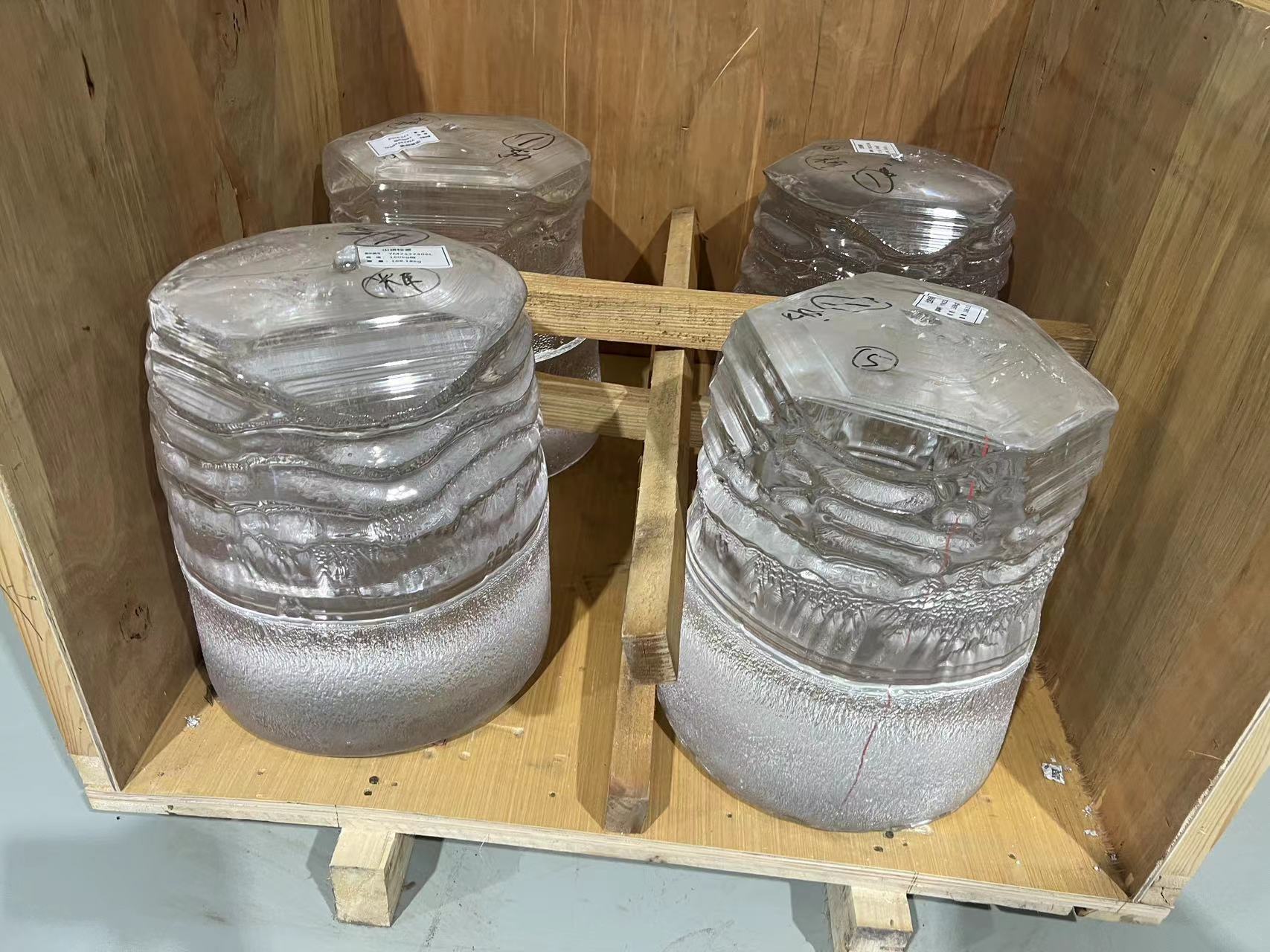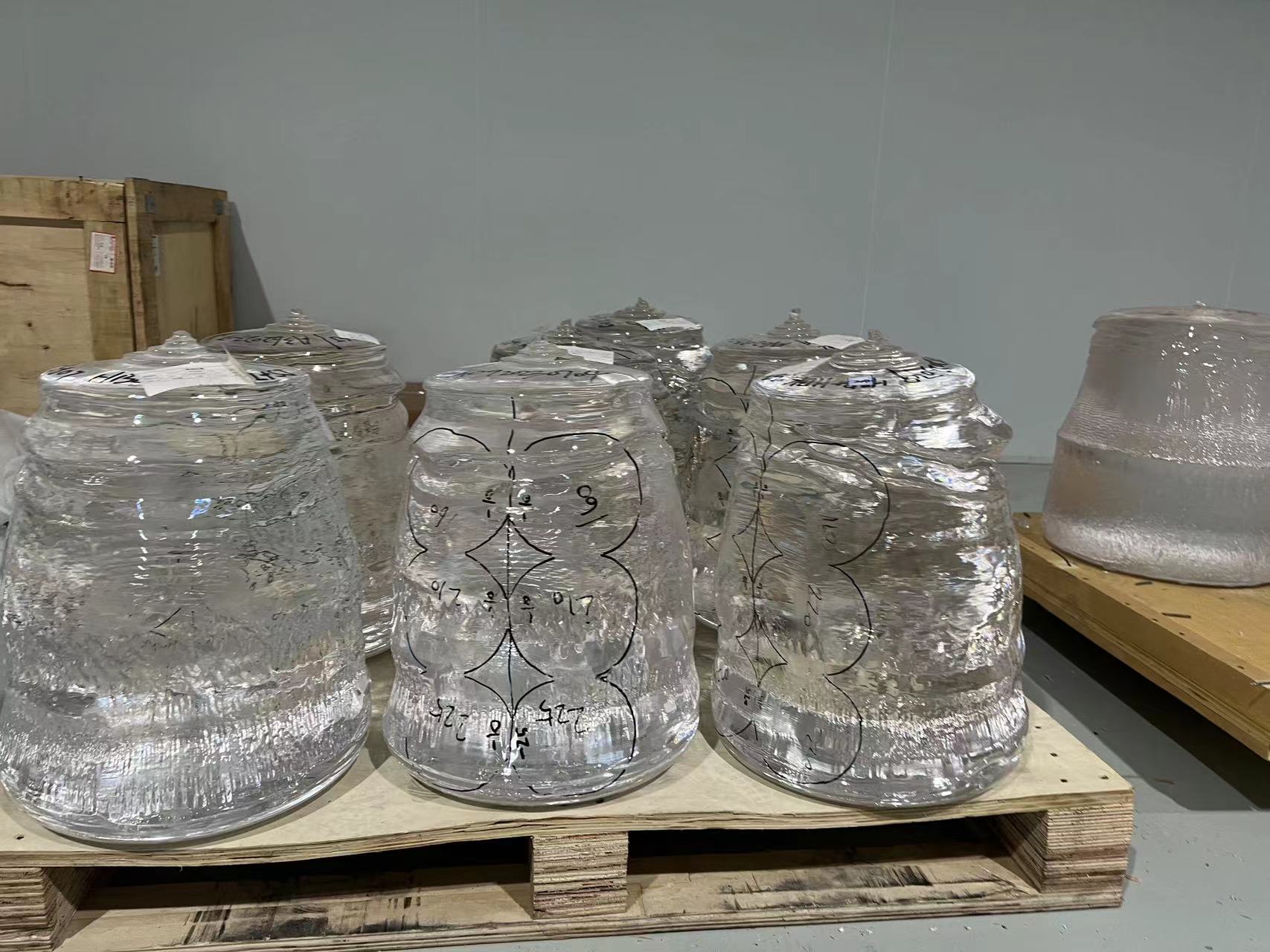99.999% Al2O3 sapphire boule monocrystal transparent material
Sapphire is a unique material commonly used in industry today. Sapphire is the hardest substance, second only to diamond, which has a Mohs hardness of 9. It is not only resistant to scratches and abrasions, but also to other chemicals such as acids and alkalis, making it much stronger than other optical materials. Therefore, it is ideal for semiconductor and chemical processing. With a melting point of around 2050°C, sapphire can be used in high-temperature applications up to 1800°C, and its thermal stability is also higher than that of any other optical material. In addition, sapphire is transparent from 180nm to 5500nm, and this wide range of optical transparency properties makes sapphire the best material for infrared and ultraviolet optical systems. Last but not least, sapphire is also a popular material in the jewelry industry, uniquely characterized by its high purity, light transmission and hardness. The color of sapphire can be changed according to different requirements, providing customers with a wide range of options.
Physical characteristics of Sapphire ingot/boule/material:
|
thermal expansion |
6.7*10-6 // C-axis 5.0*10-6± C-axis |
|
electrical resistivity |
1011Ω/cm at 500℃, 106Ω/cm at 1000℃, 103Ω/cm at 2000℃ |
|
refractive index |
1.769 // C-axis,1.760 ± C-axis, 0.5893um |
|
visible light |
beyond compare |
|
surface roughness |
≤5A |
|
orientation |
<0001>、<11-20>、<1-102>、<10-10>±0.2° |
Product attribute
|
weight |
80kg/200kg/400kg |
|
size |
special orientation and size chips can be customized according to customer requirements |
|
color |
transparent |
|
crystal lattice |
hexagonal single crystal |
|
purity |
99.999% Monocrystaline Al2O3 |
|
melting point |
2050℃ |
|
hardness |
Mohs9,knoop hardness ≥1700kg/mm2 |
|
elastic modulus |
3.5*106 to 3.9*106kg/cm2 |
|
compression strength |
2.1*104 kg/cm2 |
|
tensile strength |
1.9*103 kg/cm2 |
Detailed Diagram











